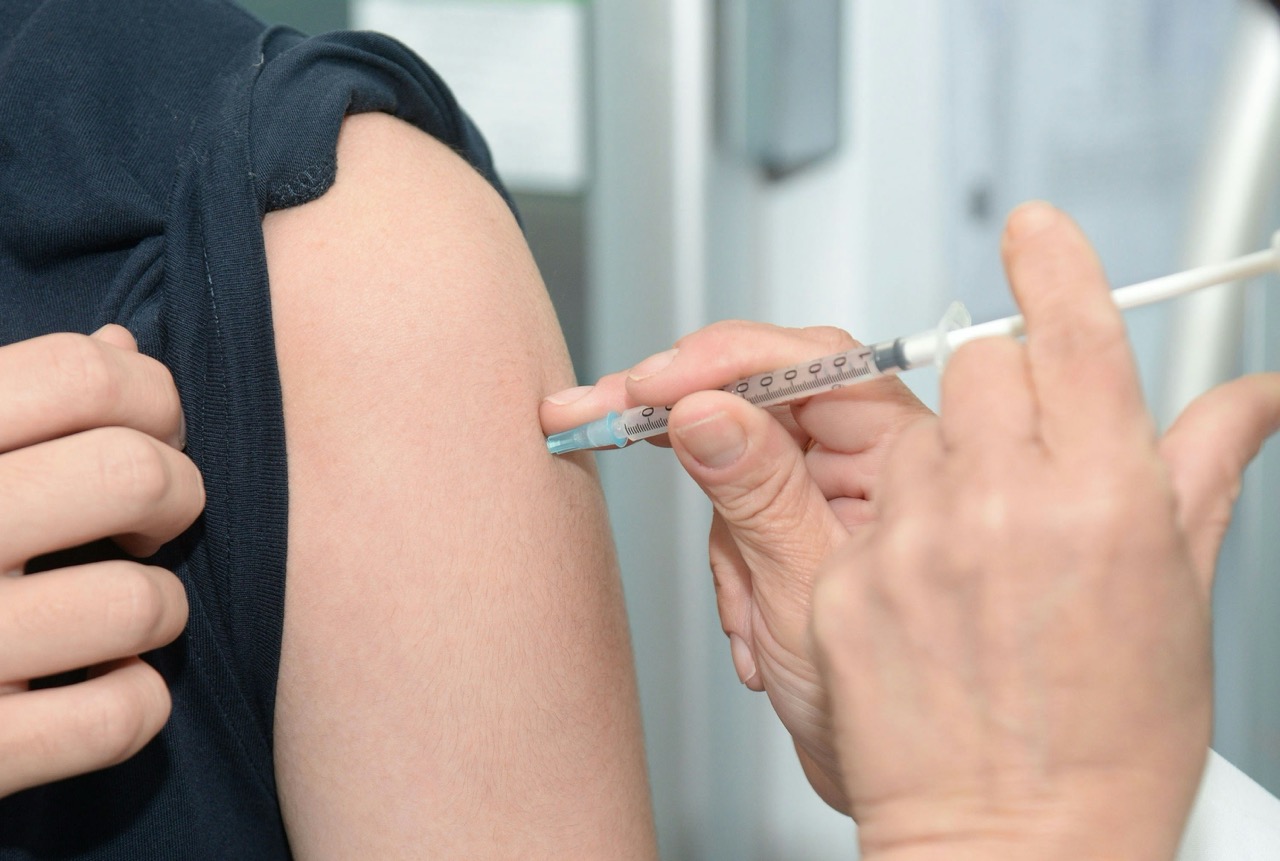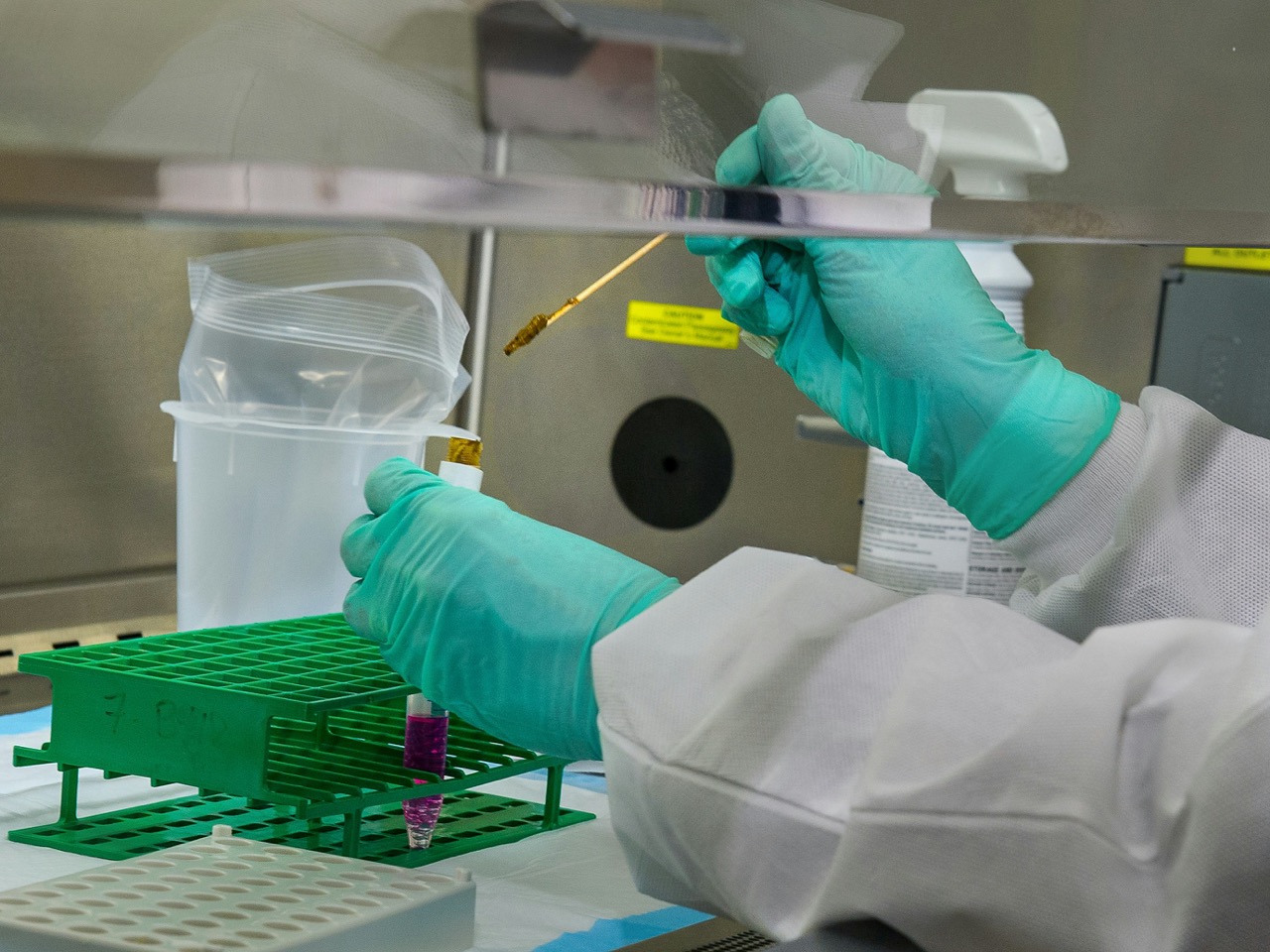Human Papillomavirus (HPV) is one of the most common sexually transmitted infections worldwide, affecting millions of individuals annually. While many people with HPV remain asymptomatic and may not even be aware of their infection, it has been linked to several health concerns, including various types of cancers and genital warts. One lesser-discussed aspect of HPV is its potential impact on the menstrual cycle. Understanding this connection can be crucial for individuals managing their reproductive health.
Understanding HPV: An Overview of the Virus and Its Impact
HPV is a group of more than 200 related viruses, with over 40 types transmitted through sexual contact. Some strains of the virus are classified as high-risk, as they can lead to cancers of the cervix, anus, and oropharynx, while others are low-risk and are associated with benign conditions such as genital warts. Given its prevalence, HPV vaccination has become a critical public health measure aimed at reducing the incidence of HPV-related diseases.
The immune system plays a significant role in managing HPV infections. Most individuals clear the virus naturally within a couple of years, but those with persistent infections are at a higher risk for developing HPV-related conditions. The early detection of cervical changes through regular Pap smears and HPV testing can prevent the progression to cancer, emphasizing the importance of routine gynecological care.
In addition to its oncogenic potential, HPV’s effects on other aspects of health are still being researched. Understanding the virus’s impact on reproductive health, including menstrual cycles, can provide deeper insights for individuals navigating their sexual health and well-being. This awareness is essential for fostering informed discussions and decision-making regarding HPV and its implications.
The Menstrual Cycle: Key Phases and Hormonal Regulation
The menstrual cycle is a complex interplay of hormonal changes that prepares the female body for potential pregnancy. Typically lasting around 28 days, the cycle can be divided into four key phases: the menstrual phase, follicular phase, ovulation, and luteal phase. Hormones such as estrogen and progesterone are pivotal in regulating these phases, influencing everything from mood to physical symptoms.
During the menstrual phase, the shedding of the uterine lining occurs, leading to menstruation. As the cycle progresses into the follicular phase, estrogen levels rise, promoting the growth of ovarian follicles. Ovulation marks the release of an egg from the ovary, and in the luteal phase, progesterone prepares the uterus for a potential implantation of a fertilized egg. If fertilization does not occur, hormone levels drop, resulting in the start of a new menstrual cycle.
Factors such as stress, nutrition, and underlying health conditions can significantly influence the menstrual cycle, leading to variations in cycle length and intensity of symptoms. Disturbances in the hormonal balance can result in conditions like amenorrhea or dysmenorrhea, highlighting the need for a comprehensive understanding of both natural hormonal fluctuations and external influences.
Exploring the Connection Between HPV and Menstrual Changes
Research on the relationship between HPV and menstrual cycle irregularities is still emerging. Some studies suggest that persistent HPV infections may affect hormonal levels, potentially leading to alterations in menstrual patterns. For example, women experiencing HPV-related conditions, such as cervical dysplasia, may report changes in the regularity or intensity of their menstrual cycles.
The psychological and emotional effects of an HPV diagnosis can also play a role in menstrual irregularities. Anxiety and stress related to health concerns can impact hormonal regulation, leading to alterations in menstrual cycles. Additionally, the presence of HPV-related conditions may cause physical symptoms, such as pelvic pain, which could further influence the menstrual experience.
While the direct impact of HPV on menstrual cycles remains an area of ongoing research, it is essential for individuals to monitor their menstrual health and report any significant changes to their healthcare provider. Understanding the interplay between HPV and reproductive health can lead to better management and treatment options.
Managing Menstrual Irregularities with HPV: What to Know
For individuals diagnosed with HPV experiencing menstrual irregularities, communication with a healthcare provider is crucial. A thorough evaluation can help determine whether the changes are a result of an HPV infection or influenced by other factors such as stress, diet, or underlying health conditions. Comprehensive assessments may include hormone level testing, pelvic examinations, and ultrasounds to rule out any serious underlying issues.
Lifestyle modifications can also play a significant role in managing menstrual irregularities. Maintaining a balanced diet, engaging in regular physical activity, and managing stress through mindfulness techniques can contribute to hormonal balance. Additionally, ensuring regular gynecological check-ups can help monitor the health of the reproductive system and catch any potential issues early.
For those experiencing severe menstrual symptoms or persistent irregularities, treatment options may include hormonal therapies, such as birth control pills, which can help regulate cycles. In cases where HPV leads to significant health issues, such as cervical dysplasia, further medical intervention may be necessary to manage both the HPV and its symptoms effectively.
Understanding the potential impact of HPV on menstrual cycles is vital for those affected by this common virus. While research is still ongoing, awareness of the connection between HPV and menstrual health can empower individuals to seek appropriate care and make informed decisions. By addressing both HPV and menstrual irregularities holistically, individuals can enhance their overall reproductive health and well-being.










